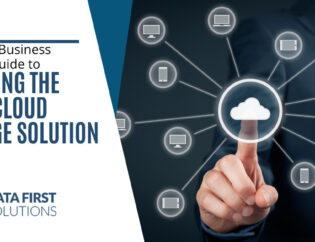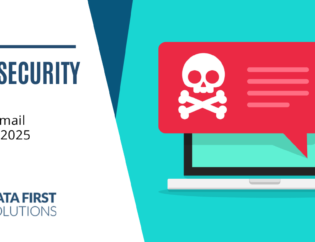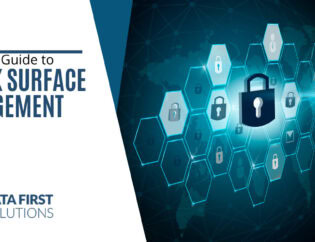
Now it’s time to update your technology strategy to ensure it aligns with your business.
91% of companies state that digitalization has made employees more productive, and 87% say it’s the path to growth and prosperity.
What does it mean to do a technology strategy upgrade? It means taking stock of how your business and the habits of your customers have changed and adapting your technology tools to ensure you’re keeping up with those changes.
Another part of a technology strategy has to do with cybersecurity and the need to protect your business from a data breach, account compromise, or malware infection. Any of those events can mean your company goes down for the count due to expensive downtime and other costs.
Canada is ranked as #3 for the cost of a data breach globally, with an average cost of $6.75 million per incident. Even if a business saw only half that cost, it’s more than most small businesses can bear, and many end up closing for good after a data breach.
Goals When Updating Your Technology Strategy:
- Better utilization of digital technologies
- Reducing friction and manual processes
- Increasing productivity
- Improving customer experience
- Reducing costs
- Staying competitive
- Staying secured and protected
Here are several tips to get you started with updating your technology strategy to keep you competitive, profitable, and secure in the coming months and years.
Focus on the User & Customer Experiences
User/employee experience and customer experience are connected. If your users find a CRM tool used for VoIP and online chat difficult to use, then your customers may end up waiting longer to get a response to an inquiry.
Start from the employee level, not the executive level, when looking at places to make digital improvements. Find out which tools employees are using and which they find difficult and try to avoid. Ask them where there are gaps or redundancies in their business tools.
As the second part of this exercise, visit your website as a new customer would. Is it easy to get around? Can you find what you need and contact your business quickly or does it take several clicks to get to a live person?
Keep both these experiences in mind when upgrading your workflows and digital tools.
Look at Manual Processes to Replace
Manual processes are costly and kill productivity. It’s estimated that each manual entry costs a company an average of $4.70.
Identify any manual processes where spreadsheets or paper forms/log sheets are being used and look for digital replacements that can be cloud-based, easily repeatable, integrated with your other digital workflows, and automated to save time.
Upgrade Cybersecurity to a Zero-Trust Approach
If it seems like it’s more dangerous on the digital front these days, it’s not your imagination. Credential theft, ransomware attacks, and phishing have all increased during the pandemic as criminal groups have moved swiftly to take advantage of all the disruption. These groups are also upgrading their own technology, meaning more dangerous threats are being targeted at your business.
Zero-trust needs to be the new approach you use by default for all your cybersecurity layers. When upgrading, look at updating all safeguards you have in place with a zero-trust approach.
Zero-trust incorporates the assumption that users and programs inside your network may not belong there. This approach uses checks and balances and methods like safe listing, where “good” programs and endpoints are identified and all others are blocked by default. This is a more secure method than having to recognize all threats to stop them.
Zero-trust can be implemented over time, which makes it budget-friendly.
Think in Terms of a Virtual Business
With remote and hybrid working environments now being the norm rather than the exception, it’s time to start thinking in terms of a virtual business.
Even if you rely on employees being located in the same office, customers often won’t be. This means looking at things like upgrading the quality of your video conferences and embracing upgrades many platforms, like Microsoft Teams, have made to improve the engagement in virtual meetings.
You also want to ensure that as many processes that run your business as possible are cloud-based, along with your data. This ensures your company is protected and flexible, no matter what crises may be on the horizon.
Get an Expert to Guide Your Technology Transition
You don’t have to figure out your technology strategy update all by yourself. Data First Solutions can help your Toronto area business with an assessment and recommendations based upon years of experience working with many different types of companies.
Contact us today to book a free assessment. Call 416-412-0576 or book your assessment online.









